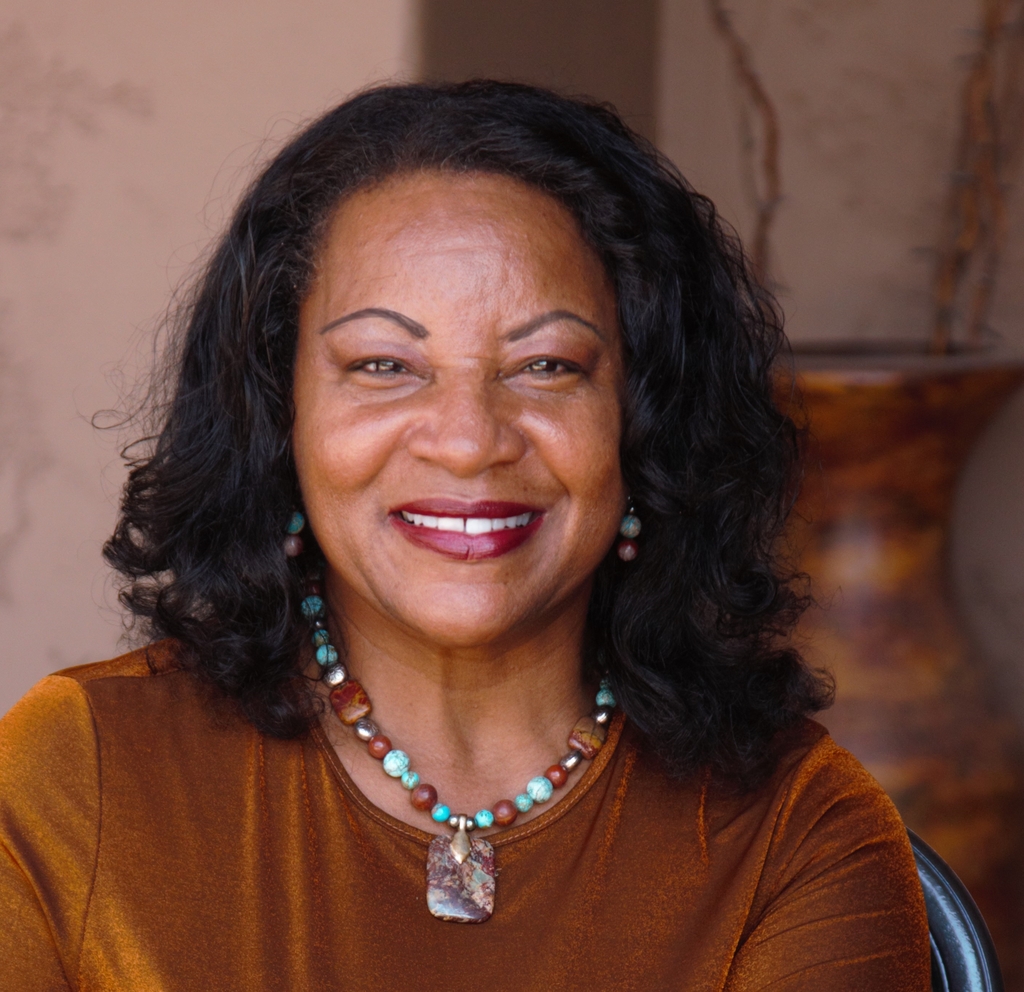
My books are true stories. My goal is to convey life lessons and inspiration to young children. Children are brilliant and, although they come with much to teach, they require guidance on how to love themselves, be kind to others, learn accountability to develop a strong moral compass, navigate our world, and make it a better place because they are here in it. Parents are the first teachers and what parents model is conveyed to and reflected in the children whom God has entrusted to them.
Naejh graduated with honors receiving an AAS Degree in Early Childhood Education. Employed with NACOG, (Northern Arizona Council of Government), for ten years, she retired from her role as a Head Start teacher, where she partnered with families to support the development of children from infancy to five years. Experiencing the brilliance of children in her role as a teacher inspired her to write children's stories. Prior to her employment with NACOG, Naejh retired from General Motors after twenty-four years of grateful employment.
Naejh is the author of several children's books. "Nose Poop" and "Singing Bird: A Child's Story" were her first publications. She received a Readers' Favorite Award from Best Book Awards for both books. "Singing Bird" also received a Dragonfly Award and a Best Book Award in the category of children's literature. It was based on a true story about her grandson who sang from sunrise to sunset. Receiving these awards led her to believe she could pursue her desire to be a writer.
Literacy is an area in which Naejh is most passionate. Her publications, “READ: A Basic Teaching Tool for parents," is a curriculum program she developed that assists parents with teaching their children to read. Its companion book, "The Reader: A Basic Teaching Tool for Parents," is a compilation of short stories written in a scaffolding style in which the learner advances gradually eliminating gaps in reading. Naejh decided to publish and share her program with parents due to her success in teaching children to read in three months.
Naejh is retired and devotes her time to enjoying her family and writing.
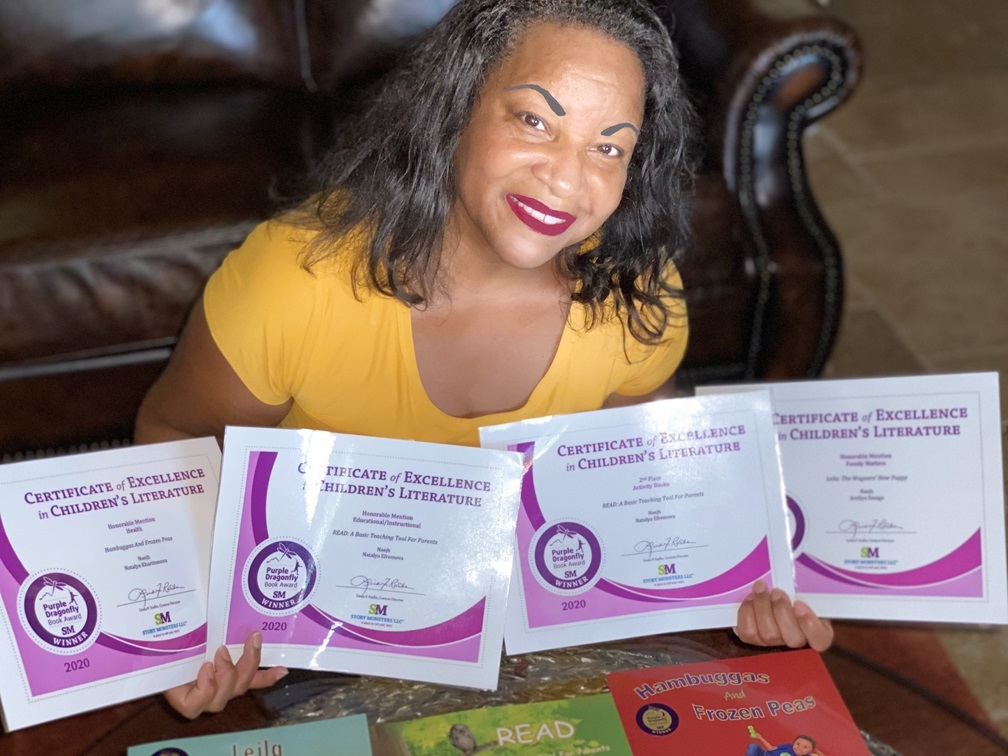
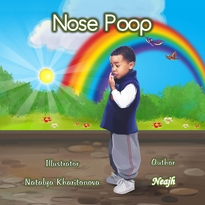
Nose Poop helps prevent children from eating boogers. Instilling healthy hygienic practices in children is a matter of good etiquette and extends into adulthood. The concept is, "Waste out, not in."

Nose Poop is available in Spanish.

"This is, The Lourde Child's Story." "Singing Bird," is about a child's love for music and his journey to the performance stage as a composer, musician, and theater performer. Follow Lourde Childs on all media platforms as he continues to pursue his career in the performance arts.

Three years have passed since the Wagners lost a member of their family. It narrates the story of the sorrow they endured and their decision to welcome a new puppy into their lives.

Two brothers are about to receive their first lesson in the culinary arts. Discover how the Floor Chefs earned their name.

A young girl needs new shoes. She falls in love with a pair of beautiful shiny black patent leather shoes with lovely accent bows. Find out if she gets the shoes she desires.
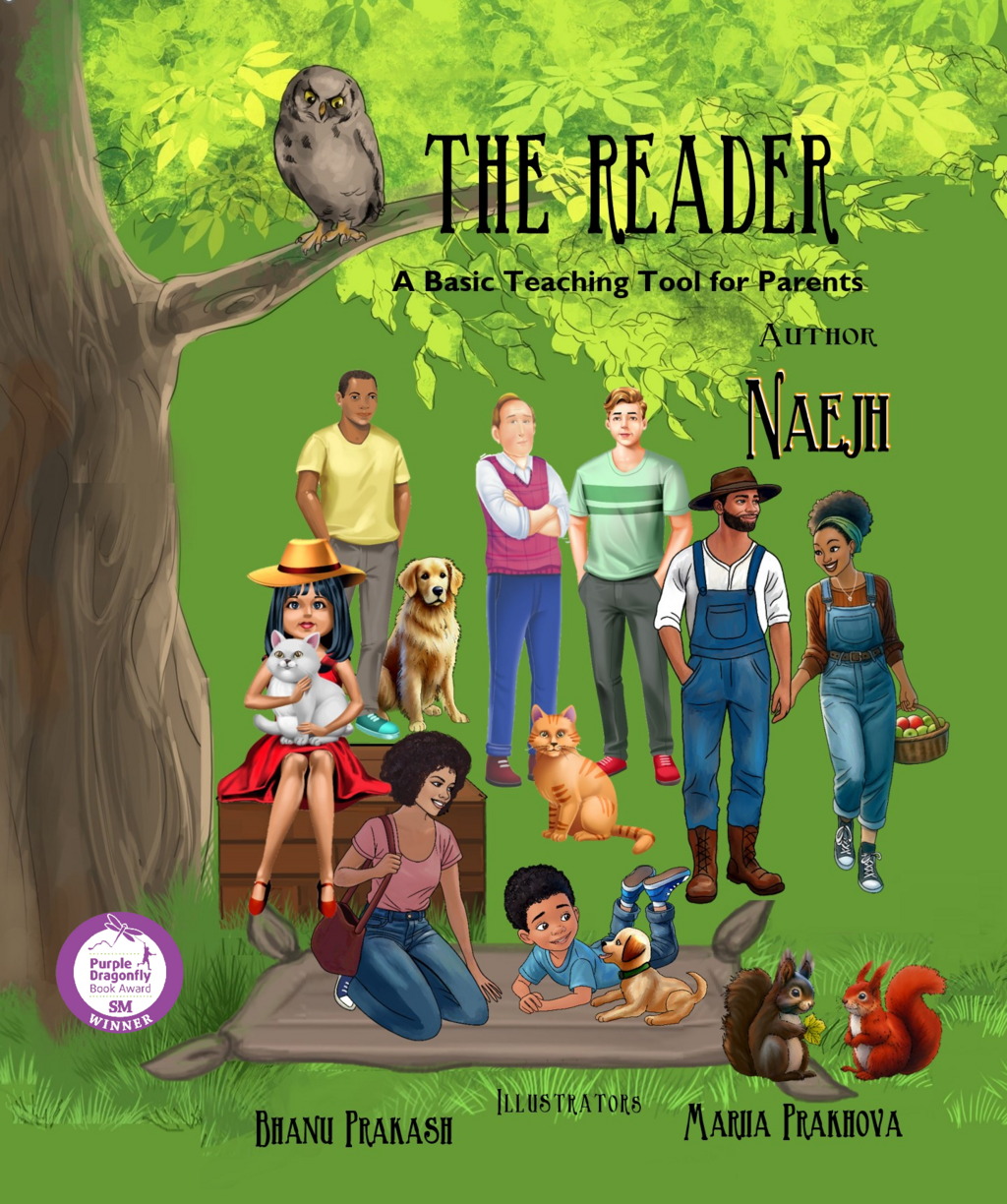
"The Reader" is a curriculum resource book that supports "READ." It is a compilation of short stories written in a scaffolding style. The first story begins with three-letter words and increases in difficulty with each story. The words in the word preparation tables of each story are symbolized as they are perceived by the natural ear.

"READ," is a curriculum program that assists parents in teaching their children to read. It incorporates math concepts, journal writing, sight words, teaching tips, and more. It is a phonetic tool written in a scaffolding style and is designed to be taught while on the go. Give your child the greatest gift a child can receive. Teach your child to read before entering the traditional classroom.
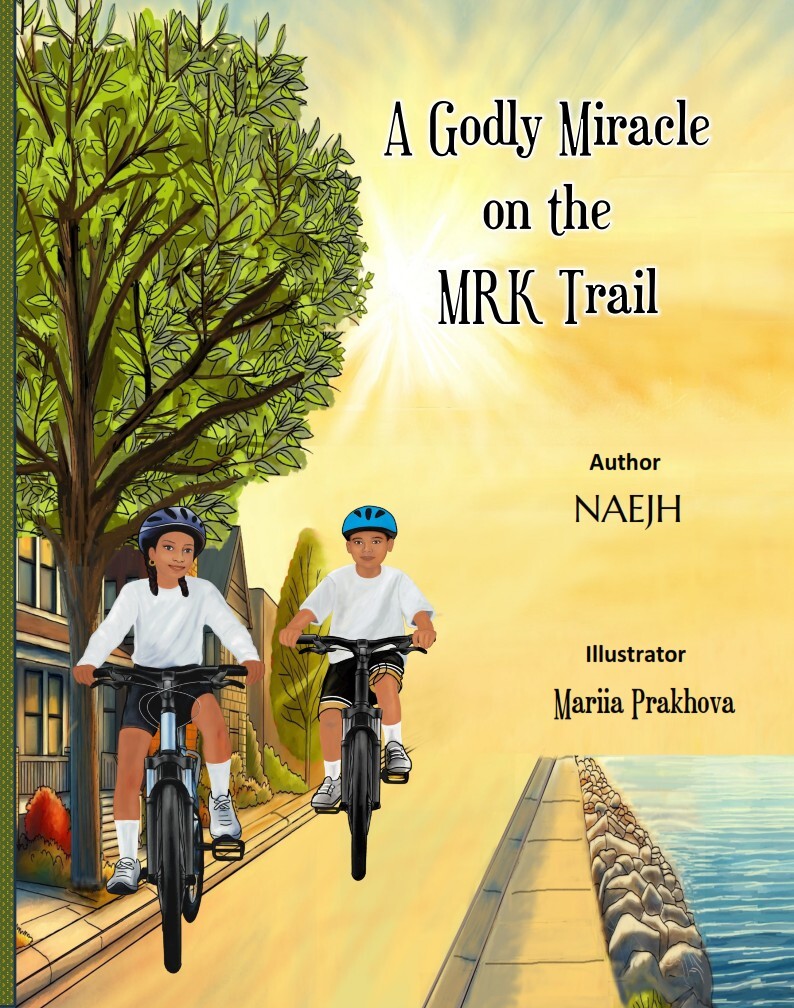
On a beautiful Midwestern summer day, two siblings embark on a trail bike ride. An unforeseen event leads to an unfortunate outcome. Three weeks later, they embark on a second trail ride which reveals an outcome of mystery and unimaginable wonder. Explore this wonderful true story of mystery and intrigue.
Contact Naejh
This is actual timeline footage of a four-year-old learning to read, using READ: A Basic Teaching Tool for Parents. It is a curriculum program designed by, Author, Naejh.
The student is four years old. Initially, she was unable to sit for 10 seconds. Tensions were eased by breaking the ice with the song, "Shake My Sillies Out," by Raffi, and later, "The Freeze," by Greg and Steve, which became the opening and closing songs for each session. She began learning her consonant sounds at the end of March. The parent was given the first lesson, which is consonant name and sounds. Consonant sounds take the longest time to learn and depends on the child's attention span, consistency, schedules, and life's daily challenges. Mastering consonant name and sounds, by use of the "Interval Study" method, which involves studying 5 - 10-minute intervals throughout the day and writing her lessons in her journal daily was the recommended lesson strategy. The student met with the teacher for assessments and lesson updates.
May 5. The first meeting with the teacher was overwhelming for the student. The student struggled to separate from the parent and was very shy around the teacher. To help ease the tension, the teacher suggested they dance to one of the teacher’s favorite songs. At first, the student was hesitant, but by the end of the meeting, she asked the teacher to play the song again. From then on, it became a tradition to start and end each lesson with a song.
May 5. About two weeks earlier, the parent and student met with the teacher, who introduced the first lesson on consonant sounds. Since then, the student has been practicing consonant sounds at home and writing them in a journal, and now the teacher is reviewing the student's progress. Consonant sounds are the first fundamental building block when learning to read.
May 5. Following an unsuccessful attempt to evaluate the student's progress, the teacher recounts the student's behavior during the lesson and outlines her expectations for future lessons.
May 5. The student found it difficult to follow verbal instructions during journal writing, so the teacher opted for sensory-directed assistance to guide the student in proper pencil grip and letter formation.
May 15. The student has successfully mastered the consonant sounds and is now being evaluated on short vowel sounds. Short vowel sounds are the second fundamental building block when learning to read.
May 15. The student is working on long vowel sounds. The teacher is explaining a variation of the "y" sound. Long vowel sounds are the third fundamental building block when learning to read.
May 15. The teacher is explaining to the student how to deal with difficult social situations involving other children.
May 19. The teacher helps the student with journal writing, emphasizing how the letters are formed and align on the lines, numbered 1-3, with a space for tail letters. She is also recognized with awards for her achievements.
May 19. The teacher is assessing the student's memory skills by playing a card game called "Concentration."
May 22. NOT TODAY. In this video, we had an unexpected interruption. However, I found this session crucial to the journey and a necessary addition. Just like adults, children sometimes aren't in the mood to study. It's perfectly fine to set it aside and come back to it later or the next day. Similarly, if a parent is feeling short-tempered, it's best to pause the lesson and return to it at another time.
May 24. The student has successfully mastered consonants and both long and short vowel sounds. The student is now being introduced to the fourth fundamental building block in learning to read: blending short vowel two-letter words.
May 24. The teacher and student are making a strip holder using the cover of the book, "READ: A Basic Teaching Tool for Parents." Strips are cut from the book, placed in the holder, and can be used on-the-go or at any convenient spot for the child to study. The book is designed for this purpose, with all lessons provided in strip format. The student is also getting a brief introduction to the "Money Game" from "READ," which incorporates math concepts, and they plan to play it during their next lesson together.
May 24. The teacher and student are working on the current lesson, focusing on writing short vowel two-letter words, in the journal. The student is quite vocal and often finds ways to get distracted from the task. The teacher reminds the student to stay focused so they can complete all the planned lessons.
May 30. The teacher and student are practicing blending sounds, with the student earning a penny for each word they sound out correctly. Along the way, the teacher explains different money increments.
June 1. The teacher and student are exploring a blending concept through a song technique. Using various approaches is key to helping students grasp how to blend letter sounds. The student will be assessed and will review short two-letter words..
June 1. The teacher is teaching the student about long vowel two-letter words, which are the fifth essential building block for learning to read.
June 24. The student is being introduced to reoccurring sound-alike blends which are the sixth basic fundamental building block to reading. Examples are: aw/au, er/ir/ur, ay/ey.
June 24. Another approach to Blending sounds - Two Letter Words. The teacher is adding blend strips to the student's lessons. A consonant os added to two-letter blends displayed on the strips, creating three-letter words. The strip has all the three-letter words that has the blend 'at" in them. Example: c + at = cat.
June 24. The student's abilities have advanced. The student has a better understanding of cents exchange, sounding out and pronouncing most two-letter words. The student is being introduced to two-letter word exceptions. For example: do, to, oh, and or.
June 26. The student is reviewing short and long two-letter words. The teacher is introducing another blending concept.
July 5. The student is reviewing reoccurring sound-alike blends.
July 5. The teacher is adding additional blending strips to the student's lessons.
July 5. The student is advancing in the money game. During this lesson, the teacher will give the student the first reader, which the teacher has created using all of the words the student has learned thus far. Due to time constraints, the teacher will explain the lesson to the parent to study at home.
July 11. The teacher is explaining the importance and advantages of learning to read before entering kindergarten.
July 11. The student has mastered two letter-words and has begun working on three-letter sight words. It is important to work on the sight word level that the student is learning to avoid gaps in reading.
July 27. The student is reading the first reader to the teacher.